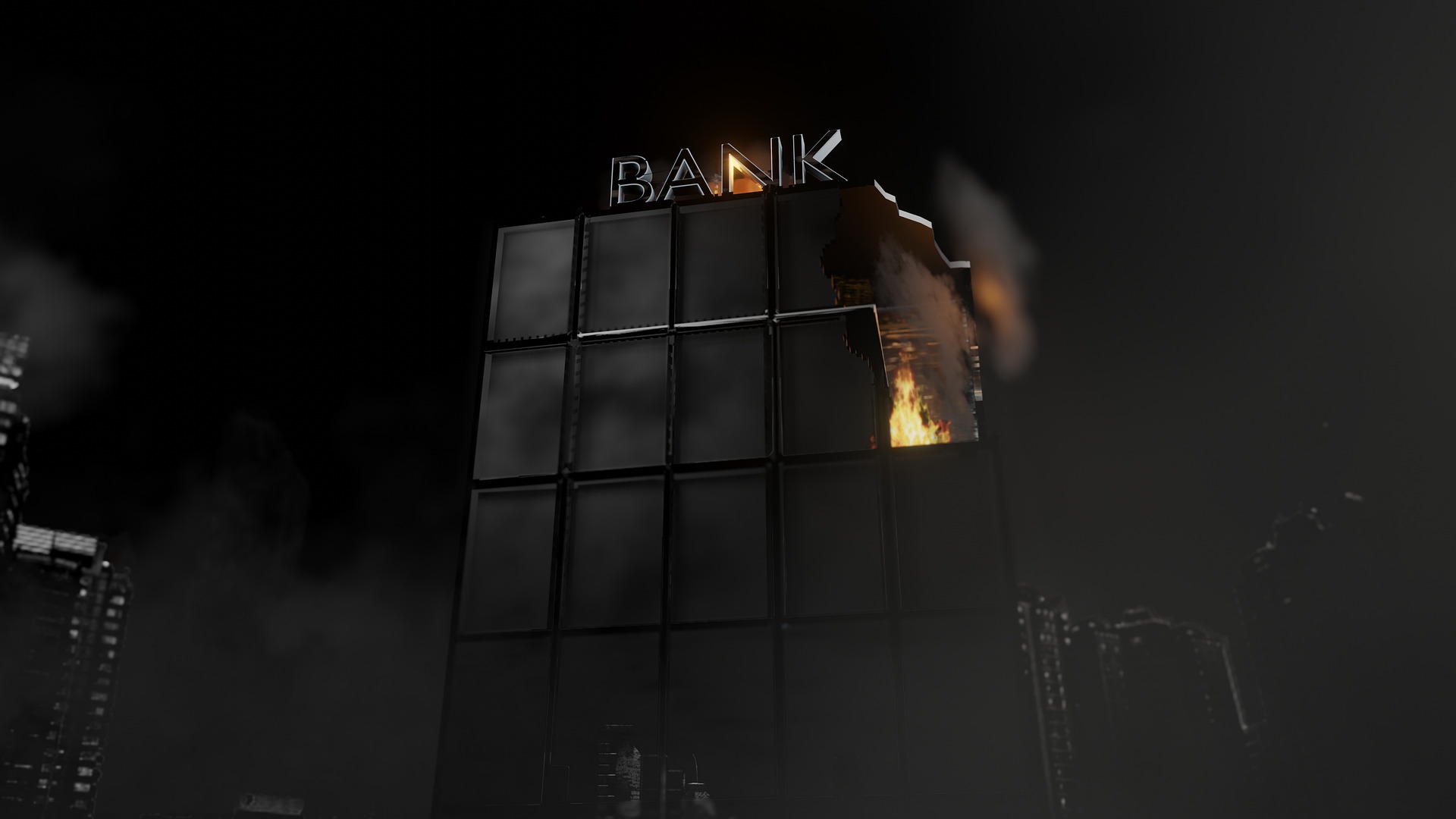It’s a simple answer. Rising interest rates. Loans made when rates were low are much harder to sell than loans made at today’s rates. It’s a similar problem to what happened with Silicon Valley Bank and the government treasuries they held.
This problem was created by virtually free money for almost a decade (near zero interest rates), an enormous increase in the money supply (aka quantitative easing), and followed by a rapid rise in interest rates. Is the U.S. banking industry living in a house of cards?
Among 435 publicly traded U.S. banks listed on major exchanges, 97% of them reported that their loans’ market value was less than their balance-sheet amount as of Dec. 31, according to data provided by S&P Global Market Intelligence.
Combined, they had $242 billion of unrealized losses on their loans, defined as the difference between the loans’ fair values and carrying amounts. That was equivalent to 14% of their total equity and 21% of their tangible common equity, which is a widely used measure of net worth that excludes preferred stock and intangible assets.
A year earlier, the same banks said their loans’ fair value exceeded their carrying amount by $96 billion, the data show. The same group showed $299 billion of unrealized losses on held-to-maturity securities as of Dec. 31. Those losses aren’t included on companies’ balance sheets.
The unrealized losses on loans and securities likely fell at many banks in recent weeks as Treasury yields declined. The lower yields signal that investors think the economy is slowing. If they are right, then borrowers could start to fall behind on their loans, adding to losses on bank balance sheets.
Declines in Loan Values Are Widespread Among Banks – WSJ

